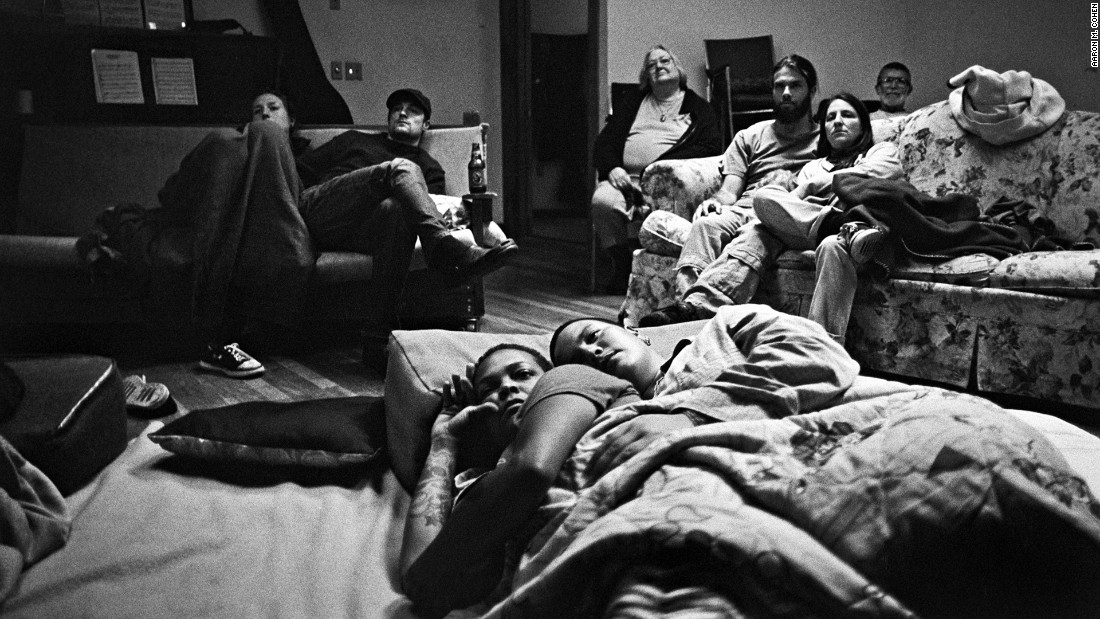Twin Oaks
Twin Oaks, Virginia, USA
Ecovillage
Income Sharing
1967 - Present
Twin Oaks, Virginia, USA
Ecovillage
Income Sharing
1967 - Present
1 Oneida 2 Harmony 3 Red Barn 4 Llano 5 Dairy Barn 6 Aurora 7 Tofu Hut 8 The Bijou 9 Appletree 10 Nashoba 11 Tupelo
![]() Founded in 1967, Twin Oaks is one of the longest running communes of the back-to-the-land era. Like many communes of that time, Twin Oaks was founded on questionable principles–in this case, the science fiction novel Walden 2–but has evolved into a sustainable community. Now in its sixth decade, Twin Oaks has begun to resemble some of the more enduring religious communities. Like the Hutterites, Twin Oaks has adopted strict membership caps of 100 people. There is currently a waiting list, and a second community called Acorn has been established for the overflow.
Founded in 1967, Twin Oaks is one of the longest running communes of the back-to-the-land era. Like many communes of that time, Twin Oaks was founded on questionable principles–in this case, the science fiction novel Walden 2–but has evolved into a sustainable community. Now in its sixth decade, Twin Oaks has begun to resemble some of the more enduring religious communities. Like the Hutterites, Twin Oaks has adopted strict membership caps of 100 people. There is currently a waiting list, and a second community called Acorn has been established for the overflow.
Twin Oaks is an income sharing community where everything is pooled. They give labor credits for soft skills and emotional labor, like mediating an argument or planning a party. Laid out like a small village, there are seven large group houses, a children’s building, a community center with communal kitchen, and industrial buildings for the production of hammocks and tofu. Communal programs, like a library or a woodshop, are placed in each house, to foster an anti-propertarian mindset. Named for failed communes, from Oneida to Harmony, each Twin Oaks building incorporates solar panels and wood heating. Twin Oaks, like other rural intentional communities, are not historic relics of the back-to-the-land movement but are increasingly urgent as we face ecological, economic, and political catastrophe.

Twin Oaks is an income sharing community where everything is pooled. They give labor credits for soft skills and emotional labor, like mediating an argument or planning a party. Laid out like a small village, there are seven large group houses, a children’s building, a community center with communal kitchen, and industrial buildings for the production of hammocks and tofu. Communal programs, like a library or a woodshop, are placed in each house, to foster an anti-propertarian mindset. Named for failed communes, from Oneida to Harmony, each Twin Oaks building incorporates solar panels and wood heating. Twin Oaks, like other rural intentional communities, are not historic relics of the back-to-the-land movement but are increasingly urgent as we face ecological, economic, and political catastrophe.







Nam semper semper ex
In porttitor pellentesque sapien